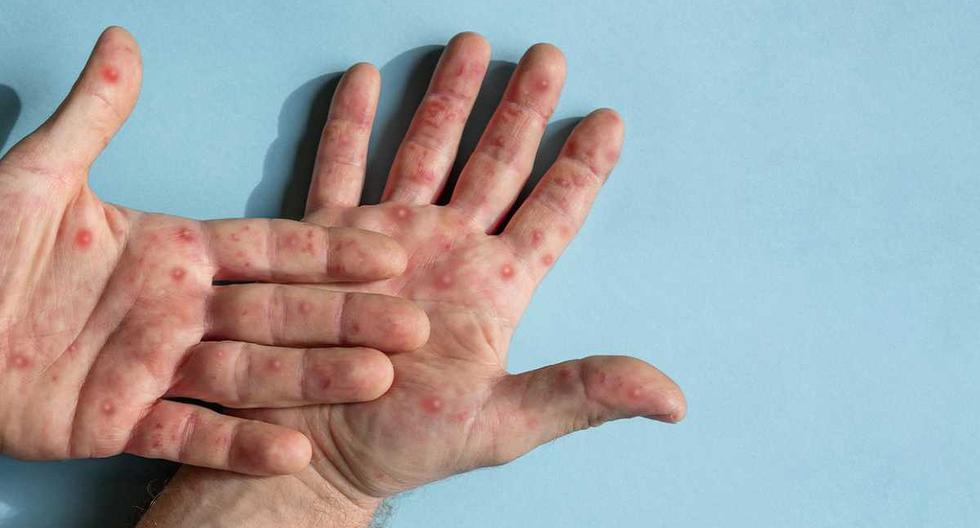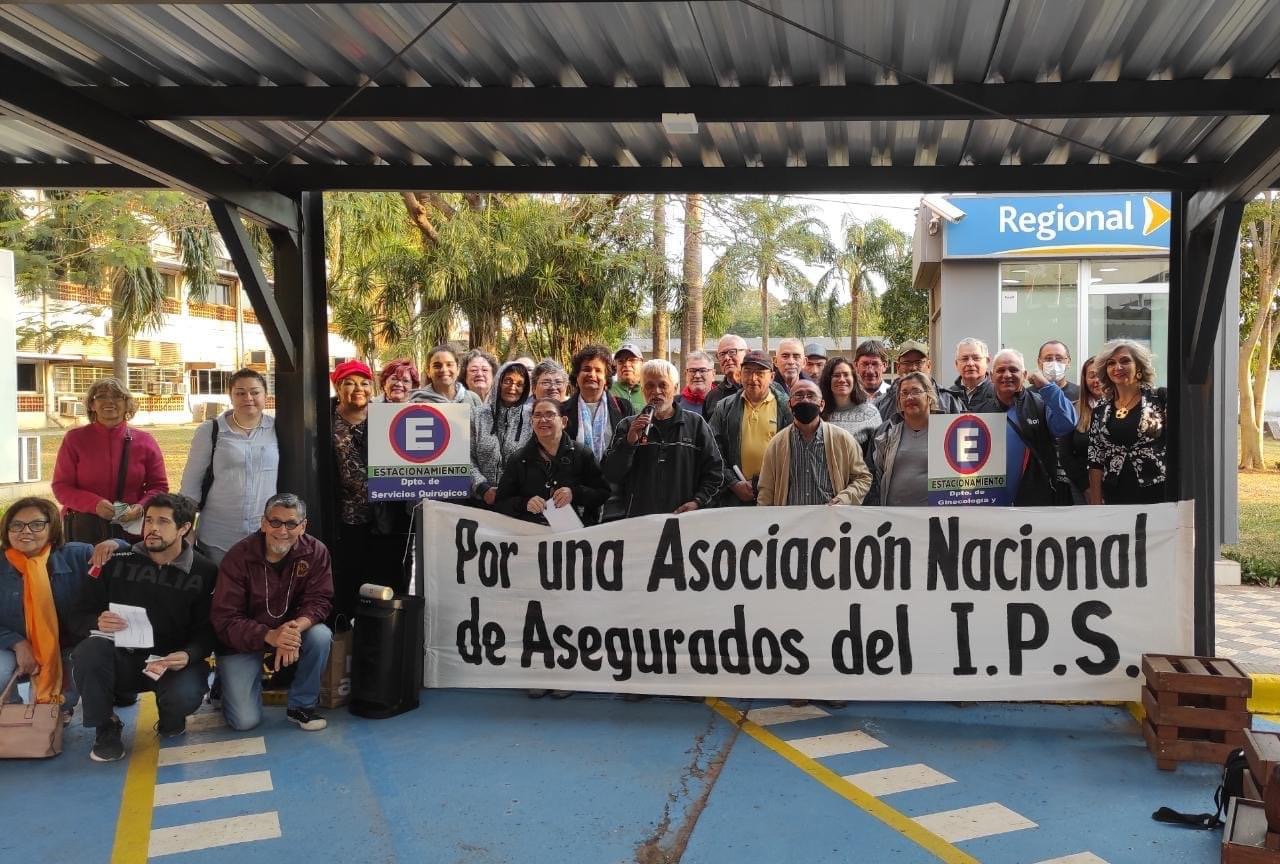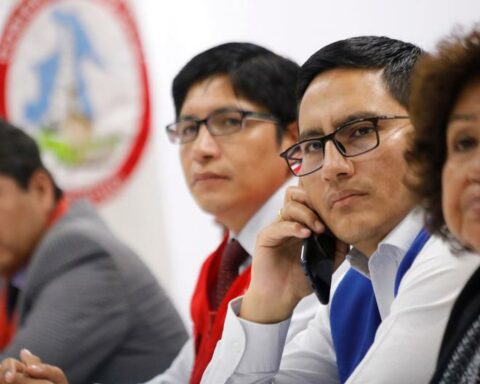The Ministry of Health (Minsa) reported this Sunday, September 25, that the confirmed cases of monkeypox disease in Peru rose to 2,423. It was specified that those infected correspond to Metropolitan Lima (1879), Lima Provinces (29), Callao (169), La Libertad (117), Arequipa (100), Ucayali (17), Lambayeque (16), Piura (16), Ica (15), Cusco (10), Tacna (10), Ancash (6), San Martín (8), Loreto (6), Madre de Dios (6), Junín (4), Huánuco (3), Cajamarca ( 2), Moquegua (2) and Puno (1).
Through Twitter, the Minsa pointed out that all patients receive assistance and 1,897 of them have already been discharged. In addition, the identification of your contacts is carried out.
The Ministry of Health defines the monkey pox (also called monkeypox) as a disease caused by a virus that causes skin rashes, similar to blisters or pimples.
Who can get monkeypox?
Anyone is likely to become infected if they have close, personal contact with someone who has the virus, often through skin-to-skin contact.
What are the symptoms of monkeypox?
- It begins with fever, headache (headache) and fatigue.
- Presence of adenopathies (swollen lymph nodes) in the neck, armpits and groin.
- Skin lesions that evolve uniformly.
- The incubation time is usually between 7 and 14 days, and can be extended from 5 to 21 days. of them have already been discharged. In addition, the identification of your contacts is carried out.
Risk groups and complications
The minsa notes that “Monkeypox virus infection usually does not lead to complications”. However, he adds that the presence of the following factors may be related to greater severity with hospitalization evaluation:
- Kids.
- Pregnant women.
- HIV patients, especially without adequate control.
- Immunosuppressed.
- People with chronic skin lesions or recent burns (due to the risk of bacterial contamination).
situational room
The new situation room monkey pox It shows the progress of daily cases classified by place (district and province), age, gender and provides a detailed list of the most recurrent symptoms of the registered cases.
In addition, it offers a graphic report on the projections in the increase or decrease of cases.
To access this information, the minsa has made the portal available to the population: https://www.dge.gob.pe/sala-monkeypox/.








